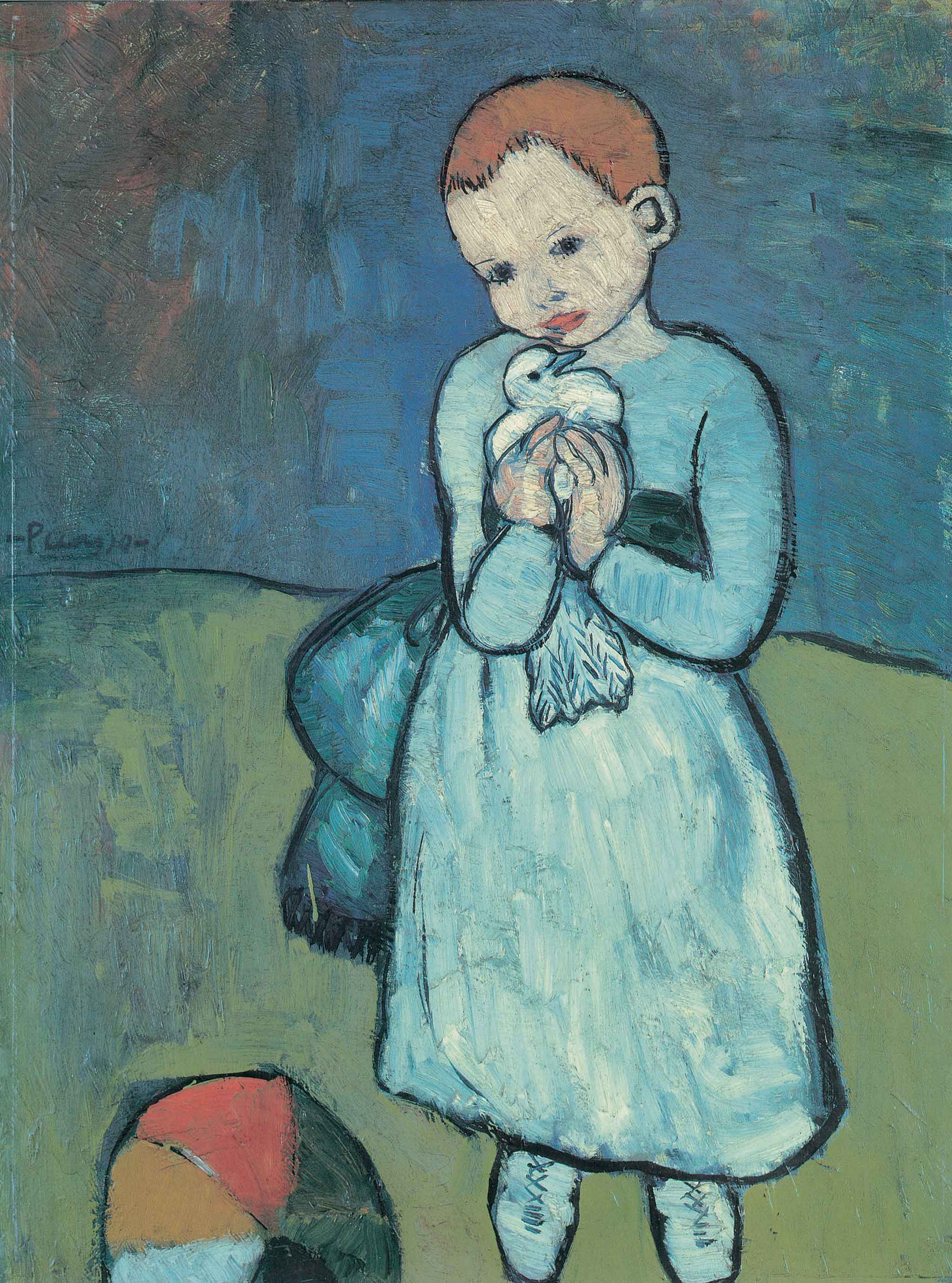Pablo Picasso's Child with a Dove to leave Britain after 90 years
It is reported that the painting has been bought by a Qatari for £50m

Your support helps us to tell the story
From reproductive rights to climate change to Big Tech, The Independent is on the ground when the story is developing. Whether it's investigating the financials of Elon Musk's pro-Trump PAC or producing our latest documentary, 'The A Word', which shines a light on the American women fighting for reproductive rights, we know how important it is to parse out the facts from the messaging.
At such a critical moment in US history, we need reporters on the ground. Your donation allows us to keep sending journalists to speak to both sides of the story.
The Independent is trusted by Americans across the entire political spectrum. And unlike many other quality news outlets, we choose not to lock Americans out of our reporting and analysis with paywalls. We believe quality journalism should be available to everyone, paid for by those who can afford it.
Your support makes all the difference.One of the best loved works by Pablo Picasso on display in Britain is set to leave the country next month with Qatar its likely destination. Yet experts are dismayed that Child with a Dove could not be saved for the nation, suggesting steps to increase philanthropy “may not be enough”.
Le Figaro in France yesterday reported that one of the most important early Picasso works had been acquired by Qatar for £50m, and follows works by Mark Rothko and Paul Cezanne.
Child with a Dove, which has been in the UK since 1924, was described by Arts Council England as one of the “probably the most famous work by Picasso in a UK collection”. It marks the move into the artist’s blue period.
Following the private sale of the work last year the Government put in place a temporary export bar following advice from The Reviewing Committee, an independent body administered by the Arts Council.
Yet the ban expired in December, without any British institution able to raise the money to keep it in Britain.
Lord Inglewood, chair of the Reviewing Committee told The Independent: “It is a great shame that institutions could not raise the funds necessary to keep this beautiful piece of art in this country.”
He continued: “Clearly money was the problem, and while steps are being taken to increase philanthropy in the country, this suggests they may not be enough.”
The painting is currently on display in The Courtauld Gallery’s exhibition Becoming Picasso: Paris 1901. After May 27, when the exhibition ends, it will return to Christie’s, which organised the private sale, before moving on. The auction house declined to comment on the movements of the painting after it returns.
Barnaby Wright, Daniel Katz curator of 20th century art at the Courtauld, said: “It is always a shame when great works leave the country.”
He added that the image was “incredibly appealing. While some think it is sentimental, I think it has an edge, as well as being a beautiful image. It is the moment that marks Picasso finding his own voice.”
Picasso expert Gijs van Hensbergen said: ““It’s very sad that it’s leaving because it became so deeply associated with the Courtauld,” adding: “This is a great early Picasso, there’s a good reason why it is popular.”
He said: “Pre-crisis, works of that quality and value would never change hands. After the world changed. Nothing is set in concrete. It is a sad realisation that empires decline and culture goes with the money.”
While Qatar has become a powerhouse in the market in the past few years, it has repeatedly declined to confirm which artworks it has bought despite reports that it paid $250m for Cezanne’s The Card Players and $72m for Rothko’s White Center (Yellow, Pink and Laven¬der on Rose).
Philip Hoffman, chief executive of the Fine Art Fund, said: “Qatar is one of the top three buyers in the world at the moment, and they have huge resources.”
“Qatar has made a huge commitment to making itself the hub of the art market in the Middle East. They are building incredible museums and an incredible art collection.”
Qatar’s art drive is being overseen by Sheikha Mayassa Al Thani, the daughter of the emir. The Qataris have also brought in senior figures from the art world to build its collection including Edward Dolman, previously head of Christie’s, and Jean Paul Engelen, another Christie’s alumnus.
“They are a natural bidder and are after a lot of major pieces,” Mr Hoffman said, but added “There are limits.”
Join our commenting forum
Join thought-provoking conversations, follow other Independent readers and see their replies
Comments